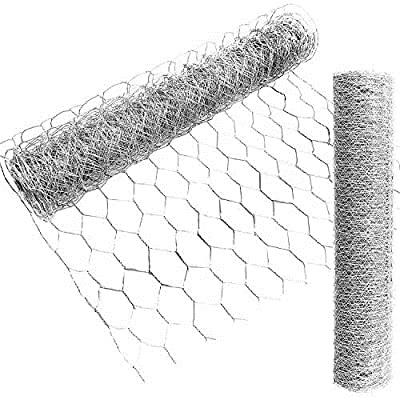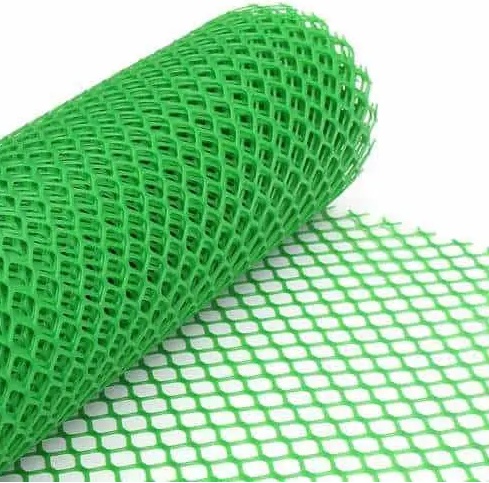In this article, we will talk about chicken mesh from the perspective of plastering work.
First, we will get a brief idea about chicken mesh.
Table of Contents
What is Chicken Mesh?
As the name suggests, it is a particular type of net which is formed by twisting two adjacent wires at least four times, forming a strong and durable honeycomb-like mesh structure.
This type of mesh has some specific properties due to which it is widely used in plastering work.
Chicken mesh increases the strength and durability of the plaster. This type of mesh is also used to avoid the formation of cracks on the wall.

Why is Chicken Mesh Used for Plastering?
The main purpose of chicken mesh is to avoid direct contact between two materials. As we know, different material has different densities.
In the process of thermal expansion, the behavior of materials is different. For example, the behavior of mortar used in plaster and brick is different.
Due to thermal expansion, cracks occur. Hence, to reduce the effect of thermal expansion, the chicken mesh is used in plastering work.
Types of Chicken Mesh
There are three types of chicken mesh is used in plastering work.
- Wire Mesh
- Fiberglass Mesh
- Plastic Mesh
1. Wire Mesh
The wire mesh is made of metal wires. There are three types of wire mesh is used for plastering work.

- Welded wire mesh
- Linked chain mesh
- Light expanded metal mesh
2. Fiberglass Mesh
Fiberglass mesh is a kind of chicken mesh that has got some special qualities as it does not burn and it also possesses high strength. This type of chicken mesh is cheap and lightweight. Because of the special properties of fiberglass mesh, it has a wide variety of applications such as being utilized in the formation of plaster facades and used on internal walls and ceiling surfaces as well.

3. Plastic Mesh
Plastic mesh is the alternative solution to wire mesh. This type of mesh can be used for both interior and exterior surfaces.
Like each and every sort of chicken mesh, the plastic mesh additionally gives resistance to crack development. But this additionally expands the mechanical strength of the construction or the divider and prevents deformation too.

